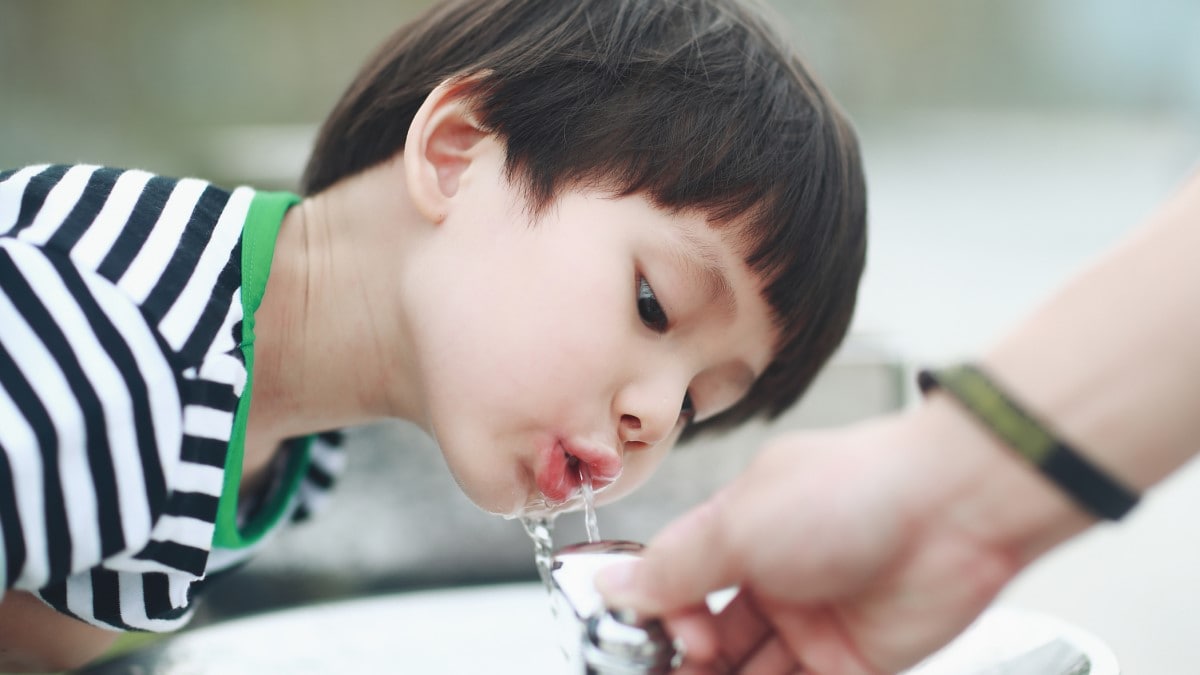Key points
- The Unites States has standards and regulations in place to prevent you from getting sick from public tap water.
- Water utilities are required to meet safety standards for public tap water.
- Review the water quality reports from your utility to learn more about the safety of your tap water.

Overview
The U.S. Environmental Protection Agency (EPA) is responsible for making sure that public water supplies in the United States are safe. To protect people's health, EPA sets and enforces standards and regulations to limit harmful germs and chemicals in tap water.
Types
Safe Drinking Water Act
Congress passed the Safe Drinking Water Act in 1974 to protect the nation's public drinking water. Under this law, EPA sets the standards for drinking water quality. EPA also monitors states, local authorities, and water suppliers who enforce those standards.
National Primary Drinking Water Regulations
The National Primary Drinking Water Regulations are water quality standards and water treatment rules set by EPA. Utilities must follow these regulations. The water quality standards and treatment techniques limit the levels of more than 90 contaminants (such as harmful germs and chemicals) that can get into tap water.
National Secondary Drinking Water Regulations
The National Secondary Drinking Water Regulations are guidelines to help utilities manage tap water issues that are not related to health. These can include taste, color, or smell issues.
Utilities are not required to follow these water quality standards for the 15 chemicals listed. These contaminants do not make people sick if they are in water at the levels in the standards. However, they can cause water to look, taste, or smell bad at these levels.
Contaminants that are not regulated
The Safe Drinking Water Act includes a process that EPA must follow to identify germs, chemicals, or other contaminants that it may need to regulate. EPA must publish a list of these contaminants—called the "Contaminant Candidate List"—every five years. At that time, EPA reviews data about the health risks of at least five of the contaminants on the list. EPA must then decide whether to develop rules limiting those specific contaminants in tap water.
Bottled water regulations
Bottled water is regulated by the U.S. Food and Drug Administration (FDA), not EPA. FDA requires bottled water companies to protect bottled water sources from germs and chemicals, test water, and follow other safety rules.
Water quality reports
If you get your water from a public water system, your utility must tell you if your water quality does not meet EPA standards. Utilities provide their customers with a water quality report at least once every year.
Resources
- Drinking Water Regulations | U.S. EPA
- Drinking Water Rule Quick Reference Guides | U.S. EPA
- Potential Well Water Contaminants and Their Impacts | U.S. EPA
- Drinking Water Contaminant Candidate List and Regulatory Determination | U.S. EPA
- Safe Drinking Water Act: Consumer Confidence Reports | U.S. EPA
- Water Reuse Regulations Explorer | U.S. EPA
- FDA Regulates the Safety of Bottled Water Beverages | FDA
